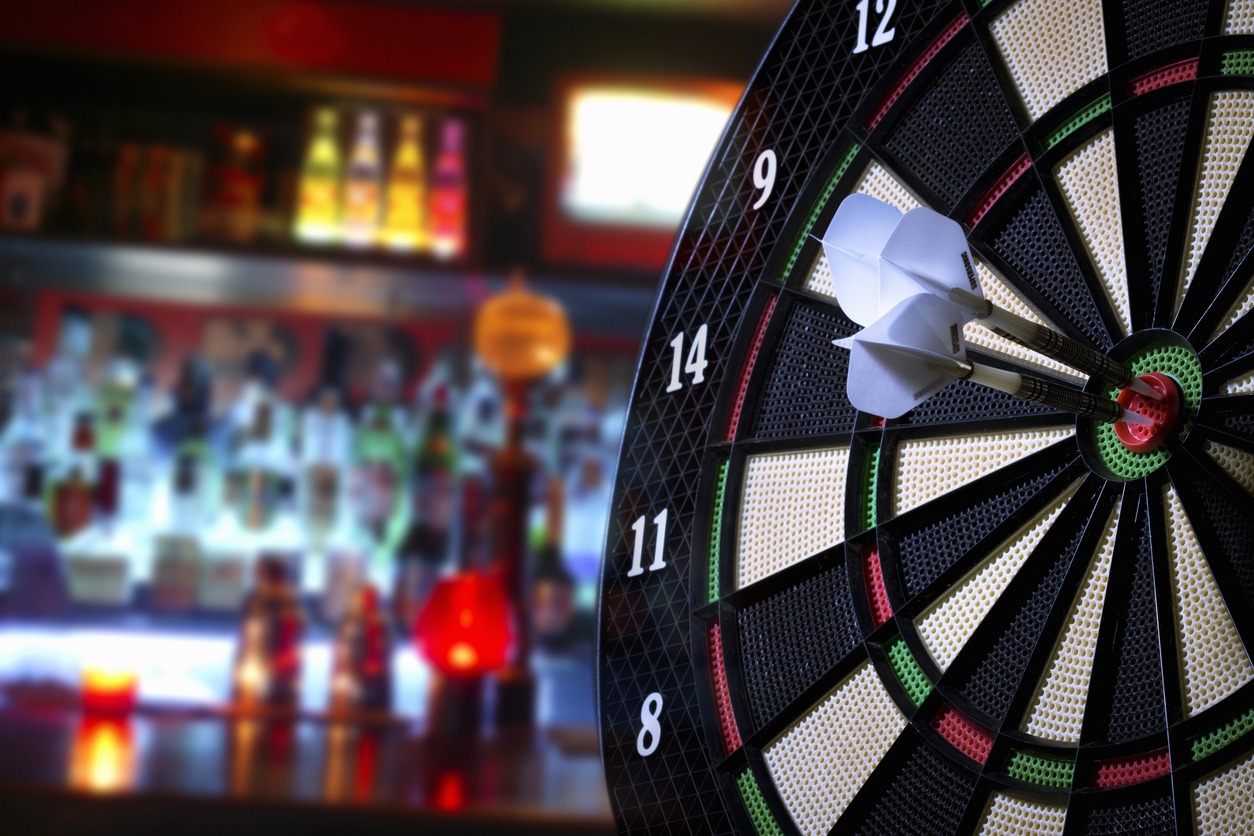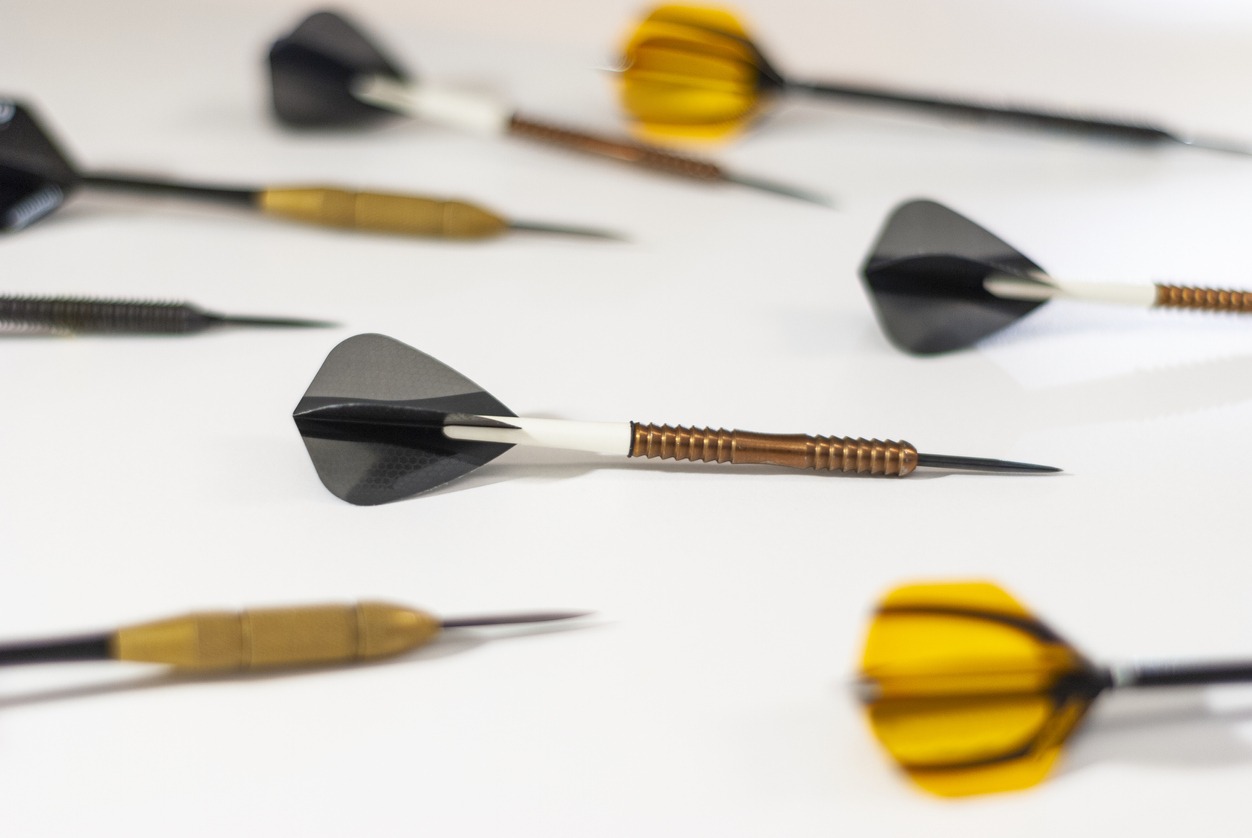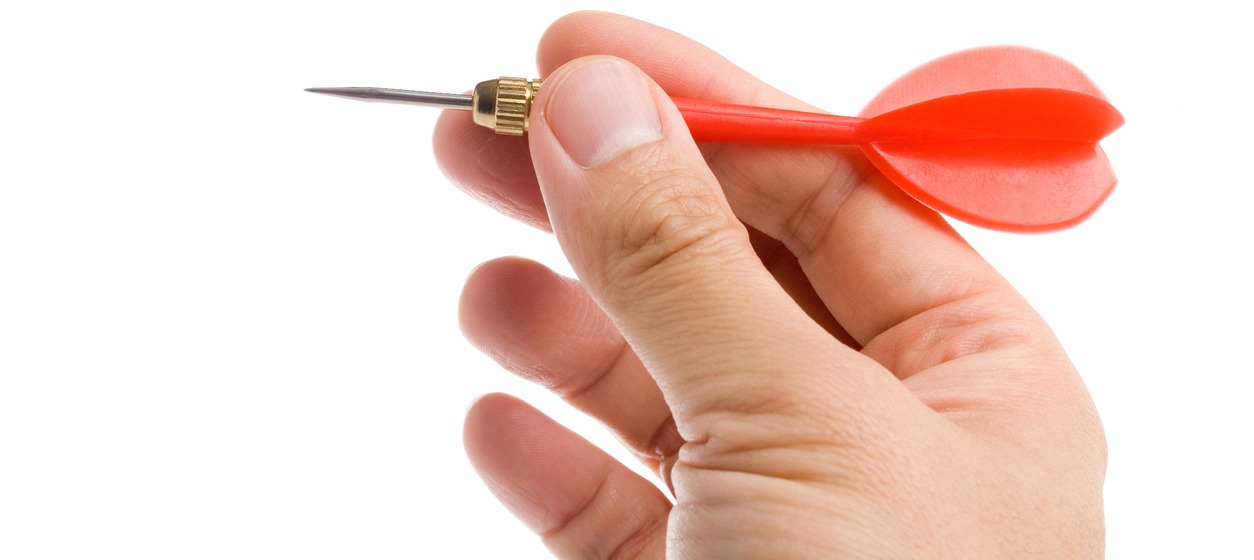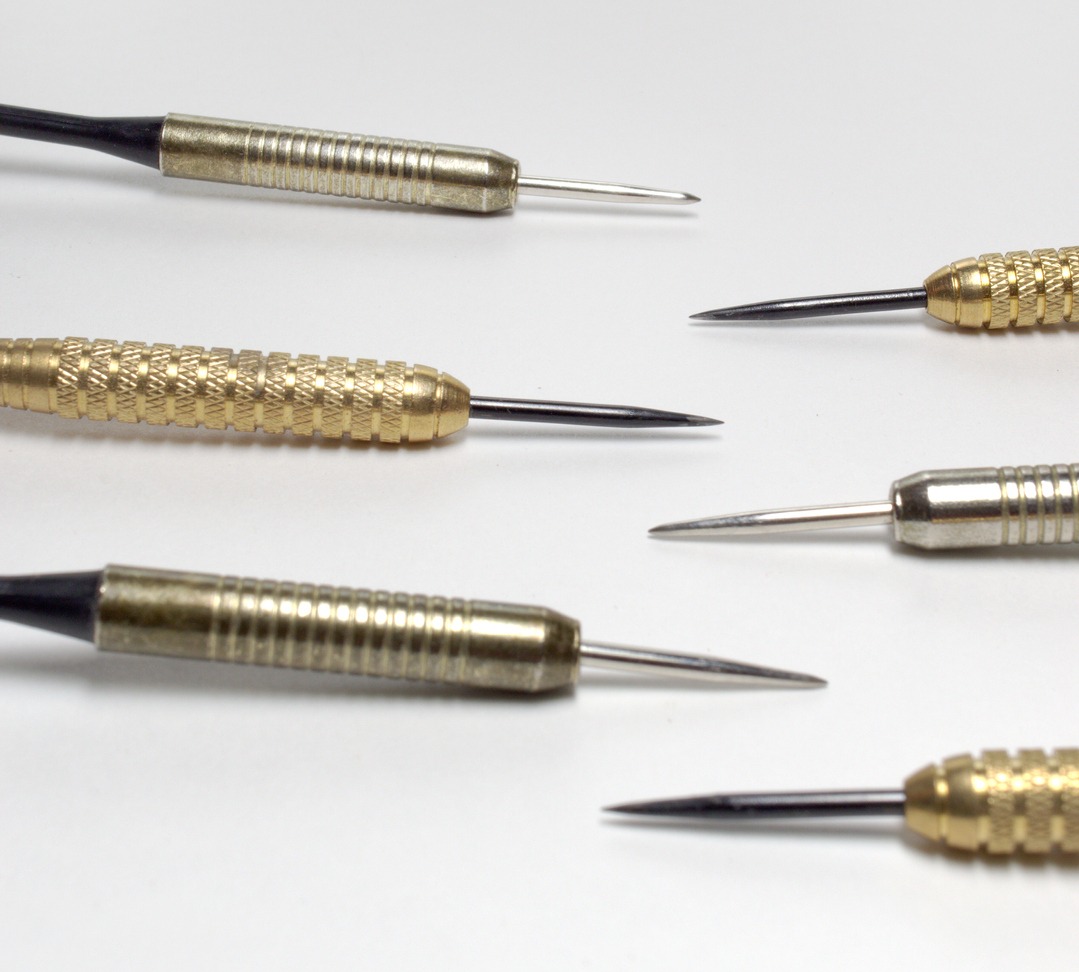In the thrilling world of darts, every player embarks on a trial-and-error journey, much like fine-tuning an instrument, to discover their ideal dart setup. It’s a process filled with excitement and the chance to experiment with various gear.
When you’ve become captivated by the fantastic game of darts, it’s a clear sign that it’s time to consider acquiring your very own set of darts. But it’s not just about picking any set; it’s about selecting one that truly works to your advantage.
Darts offer a vast array of possibilities, and the journey to find your perfect setup not only enhances the enjoyment of the game but also leads to better performance on the oche. Whether you’re a novice taking your first steps into the world of darts or a seasoned player looking to upgrade your equipment, the process of choosing the right darts is an art in itself.
In this buyer’s guide, we’ll delve into the key factors to consider when selecting your darts, exploring two critical subtopics: “Understanding Dart Components” and “Matching Darts to Your Playing Style.”
Understanding Dart Components:
Before we dive into choosing the perfect set of darts, it’s essential to understand the various components that make up a dart. Remember these important parts:
1. Dart Barrel
The dart barrel is the main part you grip when throwing a dart. It’s available in different forms, dimensions, and materials. The choice of barrel material (usually brass, steel, or tungsten) affects the dart’s weight and durability. Beginners often start with brass barrels, while more experienced players prefer tungsten for its slim profile and precision.
2. Dart Shaft
The dart shaft is like the bridge between the barrel and the flight of the dart. Shafts can be long or short and made of different stuff like plastic, aluminum, or carbon fiber. Longer shafts make your throws more stable, while shorter ones help your darts stay closer together on the board. You can try out different shaft lengths to see which one works best for how you like to throw.
3. Dart Flight
Dart flights are the wings of your dart. They come in various shapes (standard, slim, kite, etc.) and materials (plastic, nylon, or fabric). Flights influence the trajectory and stability of your darts. Heavier flights create more drag and can slow down the dart, while lighter flights allow for faster, more accurate throws.
Matching Darts to Your Playing Style:
1. Choosing the Right Dart Barrel
Selecting the ideal set of darts is a critical step for players of all skill levels. Your choice of darts can significantly impact your game, making it essential to understand the key components and characteristics that make up a dart.
Dart Barrel Material
When it comes to your dart barrel, the material it’s made from is a big deal. Darts are typically crafted from brass, nickel, or tungsten. Here’s what you need to know:
- Brass Barrels: These are budget-friendly but not super durable. They’re a decent choice for beginners who are just getting started.
- Nickel Barrels: They are tougher and last longer than brass but might cost a bit more. Good for those who want durability without breaking the bank.
- Tungsten Barrels: These are the top choice for professional players. Why? Because tungsten is super dense, allowing for thin barrels that still have some weight to them. This is ideal for precise throwing.
Dart Barrel Weight
Now, let’s talk about how heavy your darts should be. The weight of your darts can make a real difference in your game. Here’s a breakdown:
- Heavier Darts: These darts go straighter in the air. That’s great for experienced players who want pinpoint accuracy.
- Lighter Darts: Lighter darts follow a curvier path. They’re perfect for beginners who are still working on their aim. They’re easier to control.
Dart weights usually fall between 16 and 26 grams, but there are even heavier ones, up to 50 grams, if that’s your preference.
Dart Barrel Length and Shape
The length and shape of your dart barrel also matter. Here’s the scoop:
- Longer Barrels: These give you more room to grip the dart. If you’ve got big hands or like to use a lot of fingers in your grip, longer barrels are a good pick.
- Shorter Barrels: These limit your grip options but might work better if you don’t need a lot of space.
- Barrel Shape: Slim barrels are a favorite among pros because they help with tighter groupings. But honestly, just go with what feels right for you.
Dart Barrel Grip
Finally, let’s talk about how well you can hold onto your darts. This is all about the grip:
- Smooth Barrels: Some barrels are smooth, which might feel more comfortable for your fingers.
- Knurled Barrels: Others have a rough texture called knurling. This gives you a better grip, but be careful because sometimes the dart can stick a bit when you let it go.
2. Finding the Best Dart Shafts and Flights
Now, let’s get into the nitty-gritty of dart shafts and flights.
Dart Shaft Length
Dart shafts, or stems, are what connect the barrel to the flight. The length of these shafts is super important because it affects how your dart flies through the air. Here’s the deal:
- Longer Shafts: They can help reduce the chances of your darts bumping into each other on the dartboard and bouncing out. But, they might make the flight path a bit less stable.
- Shorter Shafts: These give you a more stable throw, but they increase the risk of your darts bouncing out.
Some shafts even have spinning ends, which reduces friction and helps your darts group together nicely.
Dart Shaft Material
Now, let’s talk about the stuff your shafts are made of. The material matters because it affects how your darts behave after they hit the board:
- Plastic and Nylon Shafts: These are pretty common, but they’re not the toughest. They can break more easily.
- Metal Shafts: These are much more durable and resistant to wear and tear.
Choose the material that matches your style and how you like to play.
Dart Flight: Type and Characteristics
Dart flights are like the wings of your dart. They’re there to keep your dart flying straight. Here’s what you need to know:
- Fast Flights: These are smaller and longer. They’re perfect if you like to throw your darts quickly. They help with precision and stability when you’re going for speed.
- Slow Flights: These are larger and shorter. They’re great if you like a more controlled throw. They create more air resistance, which slows down your dart a bit and makes it easier to control.
So, pick the flight that matches how you throw your darts. It’s all about what feels right for you.
3. Don’t Forget About Accessories
Last but not least, consider some accessories to up your dart game:
- Sharpeners for Steel Tip Darts: If you’re using steel tip darts, these are handy to keep your darts sharp.
- Metal Dart Ring Grips: If you’ve got nylon shafts, these help keep your flights in place during the game.
- Protective Case: Don’t skip this one. It keeps your darts safe from damage when you’re not using them.
Conclusion
In conclusion, selecting the perfect set of darts is a multi-faceted process that requires a deep understanding of your playing style and preferences. By considering your dart holding style, weight, barrel grips, material, and flight preferences, you can fine-tune your choice to suit your unique needs. Remember that darts is a game of practice and adaptation, so don’t be afraid to experiment and refine your dart setup as you progress. With the right darts in hand, you’ll be well-equipped to hit those bullseyes and enjoy countless hours of darting excellence.



